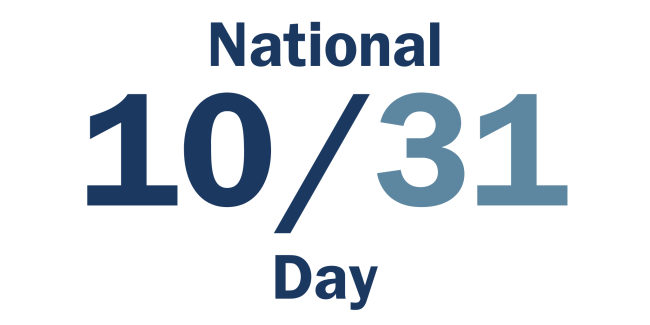BLOG
Celebrating National 1031 Exchange Day

Where Did the Term “1031 Exchange” Come From?
The term "1031 Exchange" originates from Section 1031 of the Internal Revenue Code, established in 1954 as an amendment to the Federal Tax Code. This section codified the definition and rules for tax-deferred exchanges of like-kind properties, allowing investors to defer capital gains taxes when exchanging real estate or certain other property held for business or investment. Initially part of Section 112(b)(1) in the Revenue Act of 1921 (later renumbered in the Revenue Act of 1928), this section ultimately became known as Section 1031, leading to the term “1031 Exchange”.
The Origins of Section 1031: The Revenue Act of 1921
The Revenue Act of 1921 was pivotal in establishing tax-deferred exchanges, allowing investors to exchange properties without immediate capital gains tax. Section 202 of the Act required exchanged properties to be of similar use, or "like-kind," to prevent investors from avoiding taxation by exchanging real estate for non-real estate assets. Congress noted that if no cash exchanged hands, the “continuity of an investment” should not trigger a taxable event. In 1954, an amendment to the Federal Tax Code clarified and strengthened the definition of a tax-deferred, like-kind exchange, establishing a clearer structure for real estate exchanges that shaped how 1031 Exchanges are conducted today.
How 1031 Exchanges Benefit Investors and the Economy
The benefits of 1031 Exchanges not only impact property owners, but also significantly contribute to economic growth.
Encourages Real Estate Transactions and Ensures Investment Continuity
By deferring capital gains taxes through a 1031 Exchange, investors are allowed to retain more of their profits for reinvestment and encouraged to move forward with real estate transactions that might otherwise be delayed or abandoned. This not only promotes the free flow of property transactions but also provides continuity for income-generating investment. Engaging in a 1031 Exchange can support portfolio growth, diversification, and the acquisition of higher-value properties. By moving from a lower-performing asset to one that generates greater income or appreciation potential, investors can enhance their long-term financial prospects. Additionally, 1031 Exchanges provide a strategic exit plan for property owners. For instance, farmers and ranchers approaching retirement can sell their properties without incurring immediate tax liabilities, allowing them to reinvest 100% of their proceeds into passive-income properties, such as multifamily residences or commercial real estate. This strategy not only secures their financial future but also encourages ongoing investment in their communities.
Promoting Regional Investment and Development
1031 Exchanges are a powerful tool in broadening investment opportunities. Investors are not limited to their local markets, as they can exchange properties across different states or regions. This flexibility enables them to diversify their holdings, reinvest in emerging markets with high growth potential, and acquire more productive like-kind properties. 1031 Exchanges also promote the efficient use of real estate. By encouraging property owners to sell underperforming assets and reinvest in more productive ones, the overall quality and productivity of properties within a market can improve. This can lead to revitalization in certain areas, driving further economic development and community growth. The resulting improvements can enhance property values, increase tax revenues for local governments, and contribute to a more dynamic economy.
Job Creation
Each individual 1031 Exchange transaction stimulates employment and business growth by engaging various industries. By allowing investors to defer capital gains taxes, 1031 Exchanges activate higher transaction volumes in the real estate market, increasing demand for services from agents, brokers, and appraisers. For example, when an investor upgrades to a more productive property, it often requires renovations or improvements, generating job opportunities in the construction industry for contractors, laborers, and related services. The changing of hands of property also boosts the need for property management services, creating jobs for leasing agents and maintenance staff. Additionally, executing a 1031 Exchange often requires legal and financial expertise, resulting in increased demand for attorneys, tax advisors, and Qualified Intermediaries. Ultimately, each 1031 Exchange employs many individuals across different fields, benefitting individuals, families, and the community at large.
As we celebrate National 1031 Day, it’s important to acknowledge the lasting benefits that 1031 Exchanges offer to individuals, communities, and the overall US economy.
Happy 1031 Day!
The material in this blog is presented for informational purposes only. The information presented is not investment, legal, tax or compliance advice. Accruit performs the duties of a Qualified Intermediary, and as such does not offer or sell investments or provide investment, legal, or tax advice.

